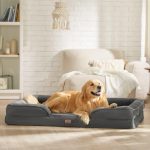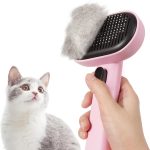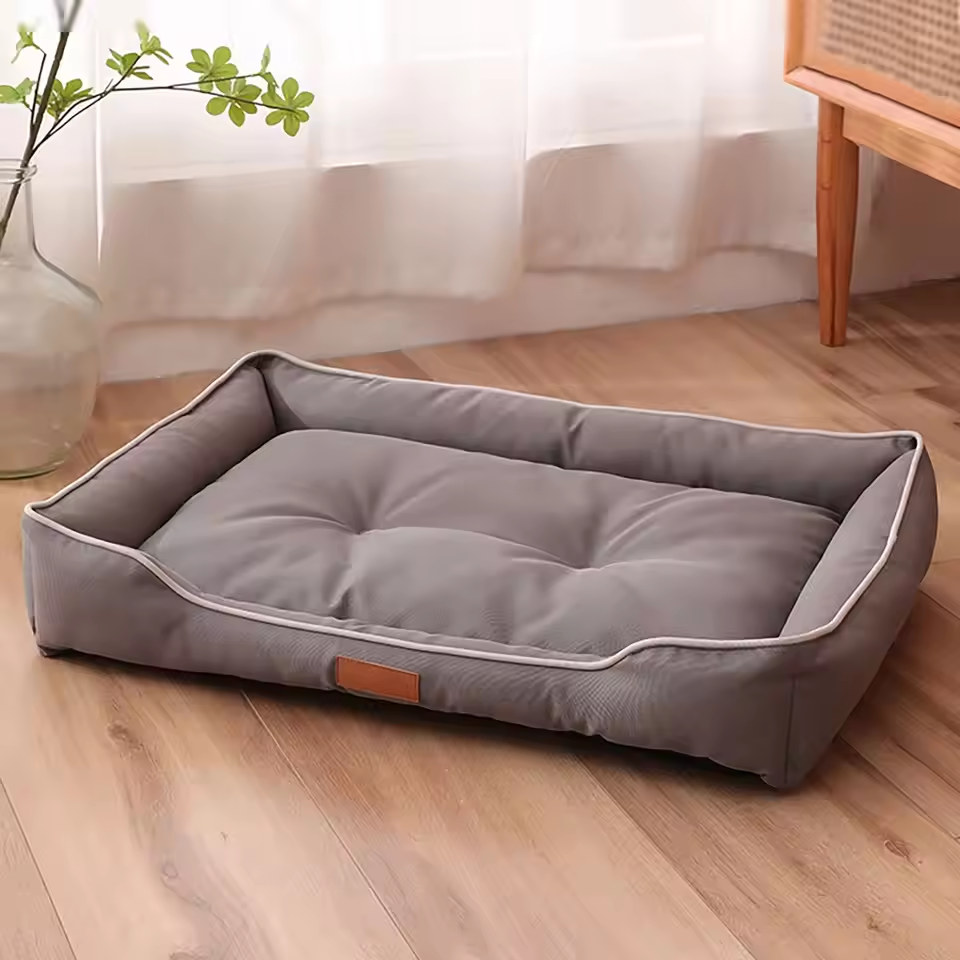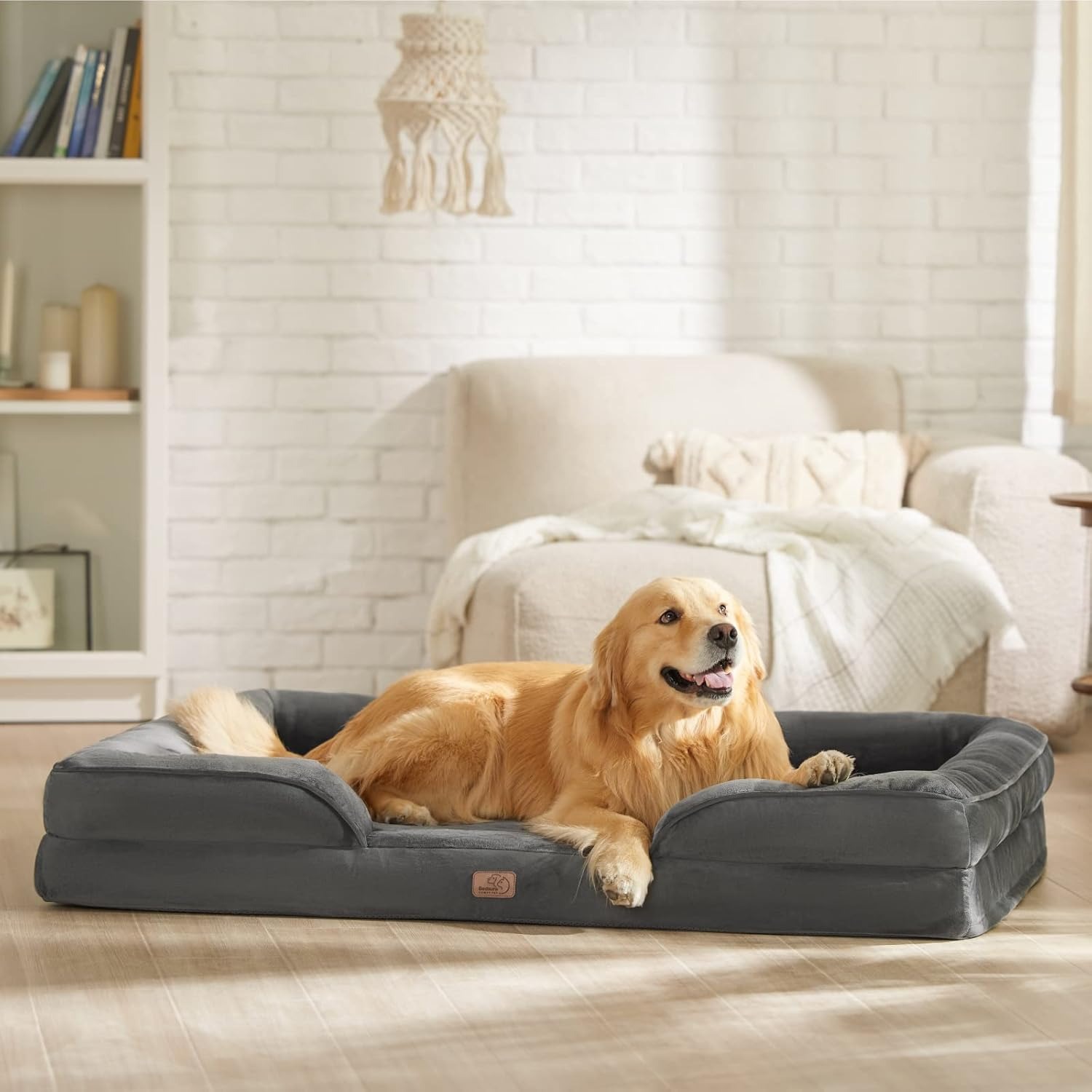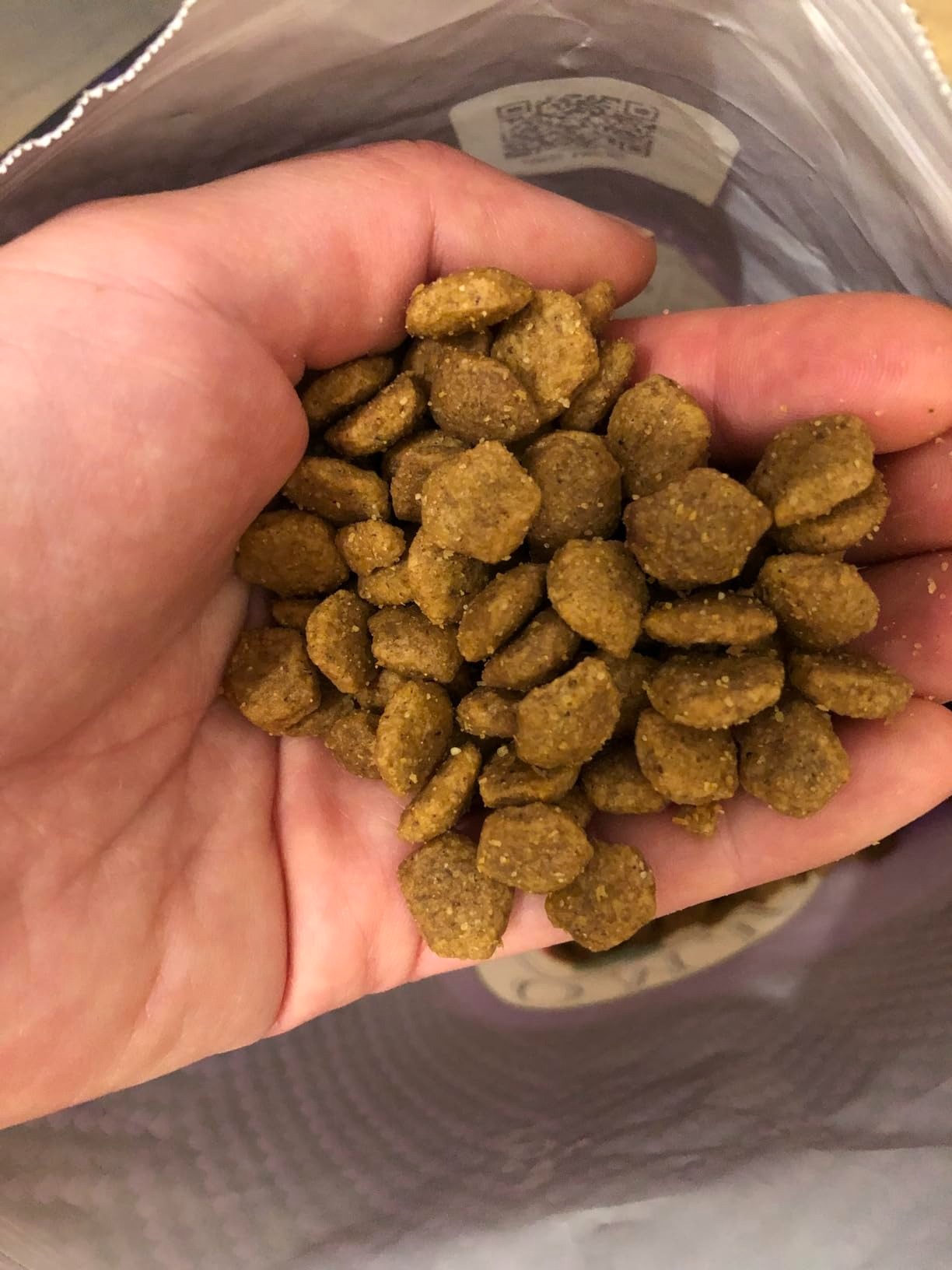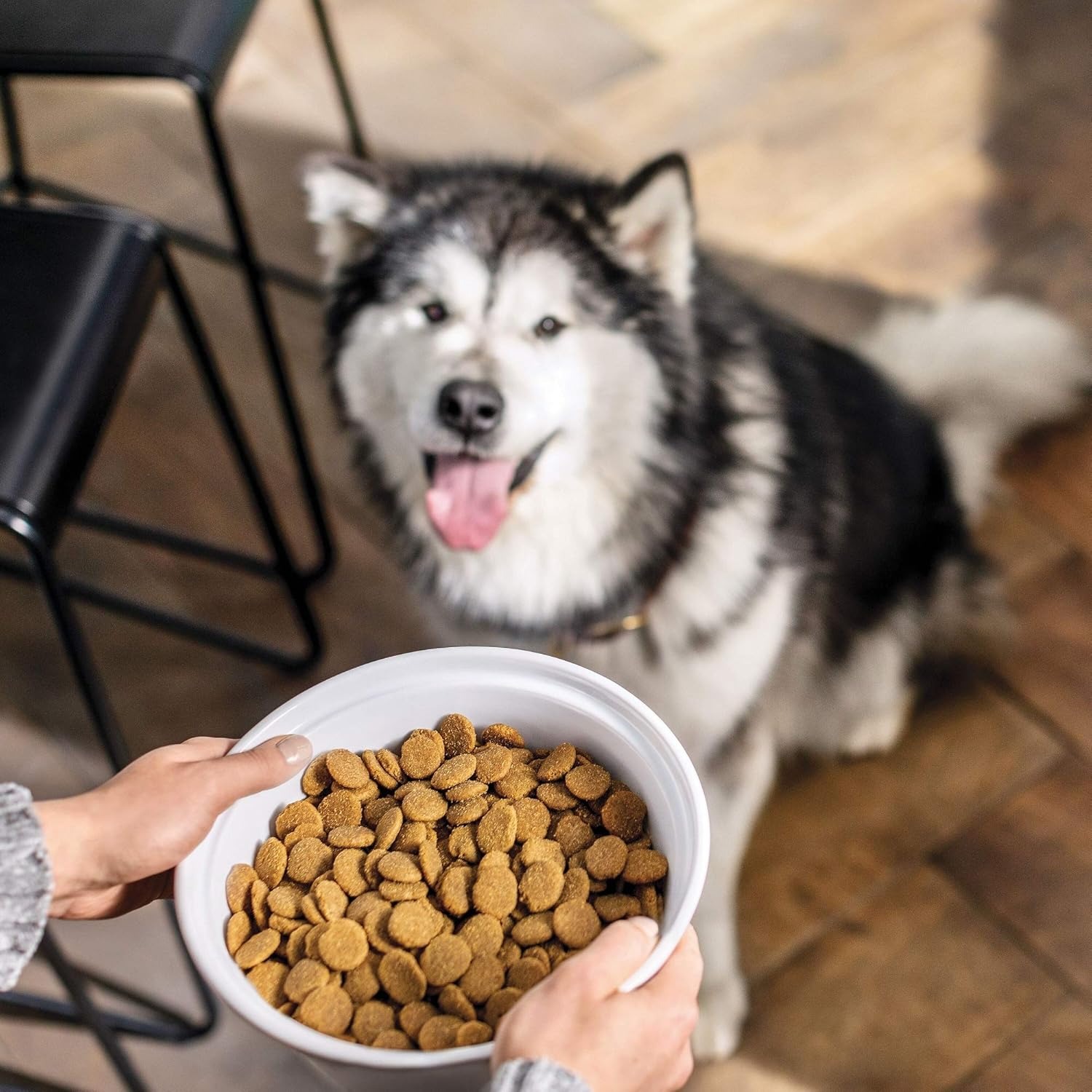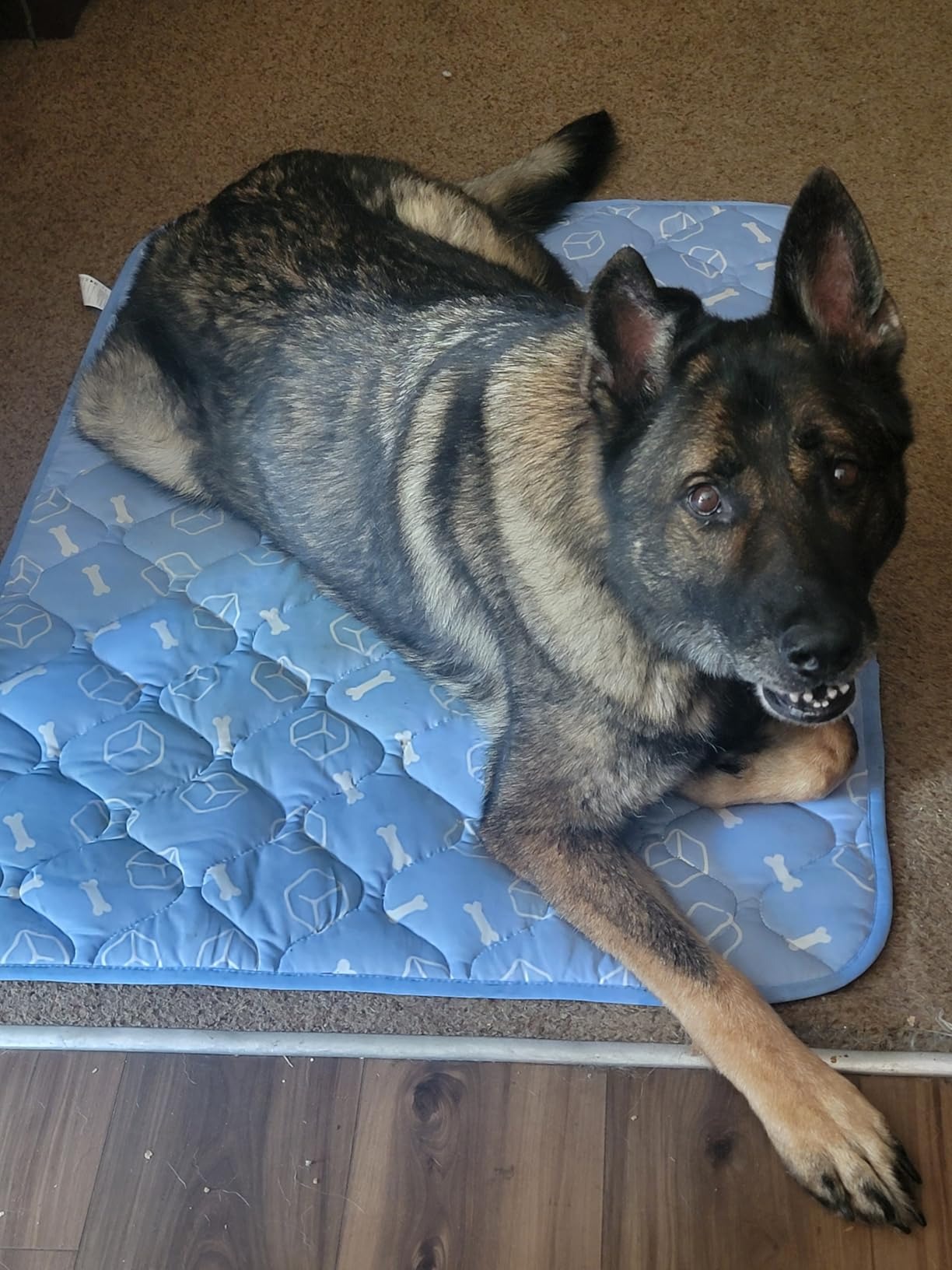Understanding the Importance of Pet Dog Toys
When it comes to ensuring the happiness and well-being of your pet, the significance of selecting the right pet dog toy cannot be understated. Toys serve not only as sources of entertainment but also as tools for mental stimulation, physical exercise, and behavioral training. Engaging your pet with the right toys can help to alleviate boredom-related issues and reduce destructive behaviors that might manifest due to lack of stimulation. A good pet dog toy can foster bonding between you and your furry friend, providing opportunities for interactive playtime that strengthens your relationship. Therefore, understanding the various types of pet dog toys available in the market, their benefits, and how they cater to your dog’s needs can elevate your pet parenting experience and enhance your dog’s quality of life.
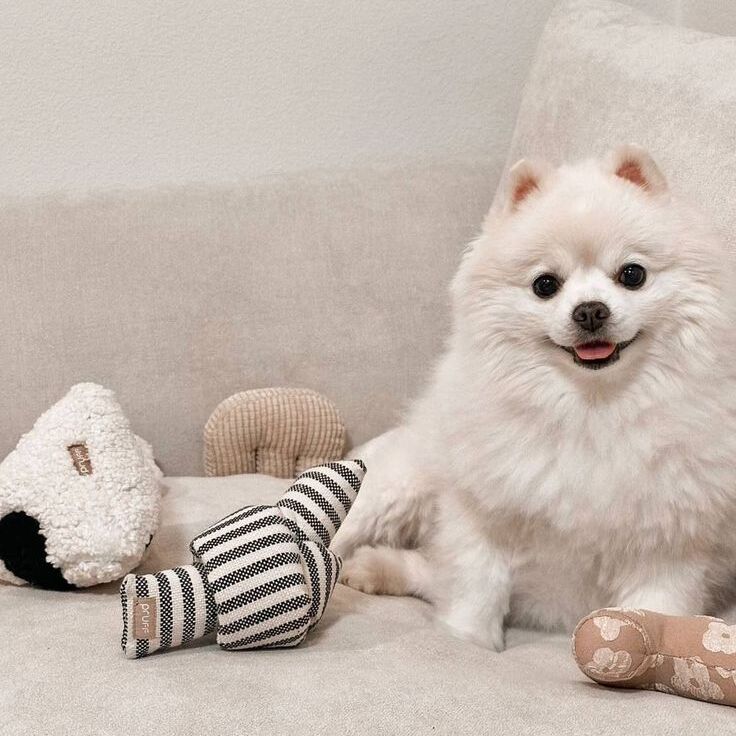
Types of Pet Dog Toys Available
The market for pet dog toy is vast and diverse, featuring an array of categories designed to cater to different dogs’ personalities and preferences. Here’s an overview of the primary types:
- Chew Toys: These toys are specifically designed to withstand the vigorous gnawing of dogs. Made from durable materials, they promote healthy chewing habits and can help maintain dental hygiene.
- Plush Toys: Soft and cuddly, plush toys provide comfort and companionship. Many dogs enjoy carrying these toys around or cuddling with them, making them ideal for calming anxious pets.
- Interactive Toys: These toys engage your dog’s intelligence and problem-solving skills. They can be particularly beneficial for high-energy breeds, offering mental stimulation that can tire them out just as much as physical exercise.
- Fetch Toys: Items like balls and frisbees are perfect for outdoor play. They not only promote physical activity but also strengthen the bond between you and your pet during playtime.
- Puzzle Toys: These toys challenge your dog to solve a problem to access treats or hidden compartments, encouraging critical thinking and focus.
By familiarizing yourself with these various types of dog toys, you can make an informed decision that aligns with your pet’s behaviors, preferences, and overall well-being. Choosing the right toy can enhance your dog’s quality of life, providing enjoyment, exercise, and mental engagement.
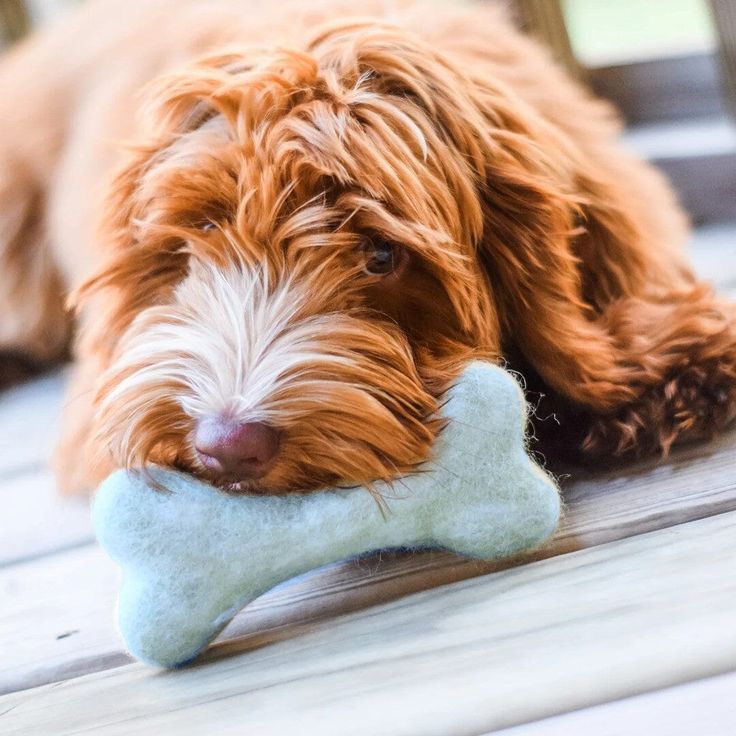
Safety Considerations When Choosing Pet Dog Toys
While the excitement surrounding pet dog toy can be contagious, it is crucial to prioritize safety when making your selection. Not all toys are created equal; some may contain harmful materials or pose choking hazards. Always look for products that adhere to safety standards and are made from non-toxic, durable materials. Moreover, consider your dog’s size, chewing habits, and play style, as these factors can influence the safety and longevity of the toy. For example, small dogs may require different toys than larger breeds to avoid hazards associated with improper sizing. Being proactive about safety can prevent injuries and ensure your pet enjoys their playtime to the fullest.
Choosing the Right Size for Your Dog’s Toy
When it comes to selecting the ideal dog toy, size plays a crucial role in ensuring both safety and fun for your furry friend. Here are some important considerations to keep in mind:
- Safety First: A toy that is too small can easily become a choking hazard. Dogs may accidentally swallow small toys, leading to serious health issues. On the other hand, a excessively large toy might be cumbersome for your pet, making it hard for them to play and enjoy it.
- Understand Your Dog’s Size: Dogs come in various sizes, ranging from tiny Chihuahuas to large Great Danes. When selecting a toy, it’s essential to consider your dog’s weight and size, as this will help you find a toy that is both manageable and engaging for them.
- Consider Jaw Strength: Different breeds have different jaw strengths; for instance, heavy chewers like Pit Bulls may require more durable toys, while softer toys may be suitable for smaller, less aggressive chewers.
- Observe Play Behavior: Pay attention to how your dog interacts with toys. Are they gentle or rough? Do they tend to toss, chew, or fetch? This will help inform your choice.
- Manufacturer Labels: Many dog toy manufacturers categorize their products by size (small, medium, large), which simplifies the selection process for pet owners. Always check these labels for guidance.
- Consult a Veterinarian: If you find yourself uncertain about the best size for a dog toy, don’t hesitate to reach out to your veterinarian. They can provide valuable insights tailored to your specific dog’s needs.
By carefully considering these factors, you can choose a dog toy that ensures both safety and enjoyment, enhancing your pet’s playtime experience.
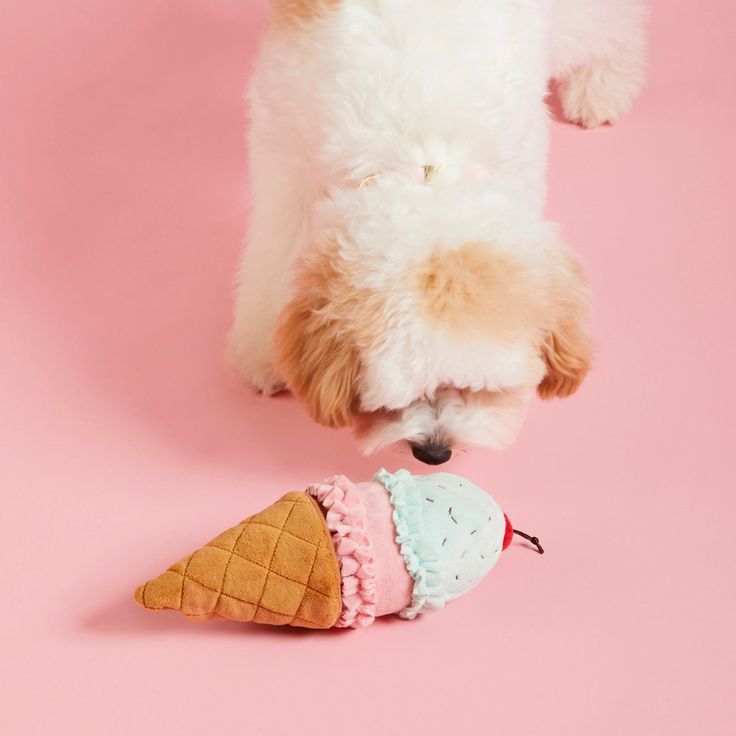
Interactive Pet Toys: Engaging Your Dog’s Mind
Interactive pet dog toys are an exceptional option for promoting mental stimulation and engagement in your pet. These toys encourage problem-solving skills and can help prevent behavioral issues that arise from boredom. Puzzle toys that dispense treats when solved are fantastic examples of interactive toys that can keep your dog busy for long periods. Additionally, games that involve using your dog’s natural hunting instincts can be both fun and productive, strengthening the bond between you and your pet. By incorporating interactive toys into your dog’s playtime, you can foster a stimulating environment that promotes both mental and physical health.
The Role of Chew Toys in Your Dog’s Health
Chew toys are essential for your dog’s overall health and well-being. Here are some key points highlighting their importance:
- Dental Health: Chew toys help maintain your dog’s dental hygiene. As dogs chew, it can help remove plaque and tartar buildup, reducing the risk of dental diseases and ensuring healthier gums.
- Natural Chewing Instincts: Dogs have an innate desire to chew. Providing chew toys satisfies this instinct, allowing them to engage in a behavior that comes naturally to them.
- Anxiety Relief: Chewing can be a calming activity for dogs. High-quality chew toys can help alleviate stress and anxiety, particularly during times of loneliness or when facing new environments.
- Variety of Options: There’s a wide range of chew toys available, made from materials like rubber, nylon, and edible substances. Each type offers different benefits and can cater to your dog’s specific chewing habits.
- Supervision is Key: While chew toys offer many benefits, it’s important to monitor your dog during playtime to ensure their safety and enjoyment.
- Enhanced Happiness: Regularly incorporating safe, sturdy chew toys into your dog’s routine can lead to a more content and healthier pet, fostering a loving bond between you and your furry friend.
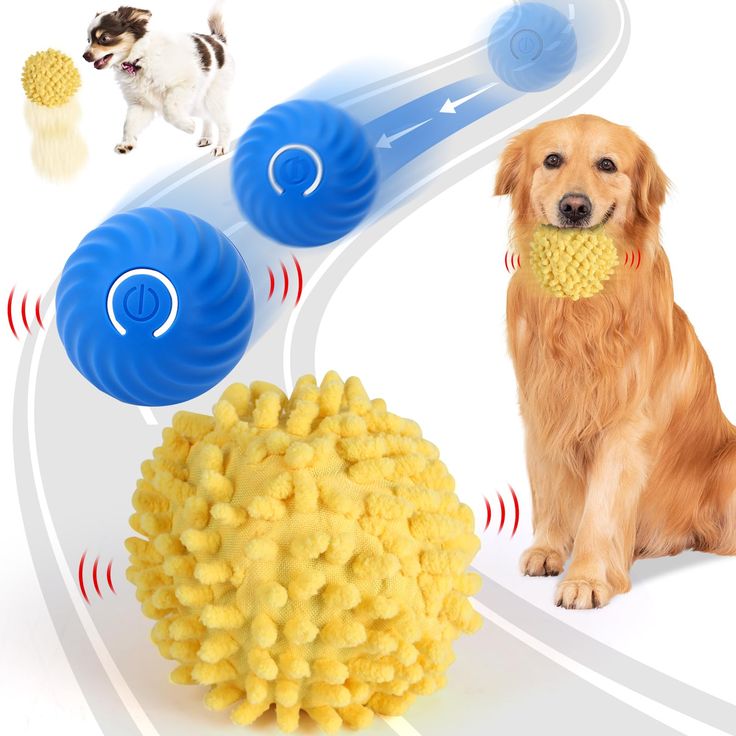
Evaluating Durability and Longevity of Dog’s Toys
Durability is a critical aspect to consider when choosing pet dog toys, especially for aggressive chewers or active dogs. Some toys are specifically designed to withstand heavy chewing and rough play, while others may not hold up as well. Materials such as high-density rubber or reinforced fabric are often more durable than plush or low-quality plastic. Before making a purchase, take the time to read reviews and ratings from other pet owners regarding the longevity of the toy. Ensuring the durability of your dog’s toys can save you both time and money in the long run, as well as provide your pet with a safe and enjoyable play experience.
Tips for Maintaining and Cleaning Dog’s Toy
Maintaining cleanliness and hygiene for your dog’s toys is crucial for their overall health and well-being. Here are some essential tips:
- Regular Cleaning: Make it a habit to clean your dog’s toys regularly. This helps eliminate dirt, bacteria, and saliva that can accumulate over time, reducing health risks for your pet.
- Material Considerations: Understand the material of each toy. Most plastic and rubber toys are safe for the dishwasher, while others may require hand washing with soap and water. Always check the manufacturer’s cleaning instructions.
- Plush Toy Care: For plush toys, ensure they are machine washable. Wash them on a gentle cycle and let them air dry afterward to maintain their shape and softness.
- Designate a Cleaning Schedule: Create a routine cleaning schedule for your pet’s toys. This not only prolongs the life of the toys but also keeps them safe from allergens and germs.
- Health Assurance: By keeping your dog’s toys clean, you ensure that your furry friend enjoys their playthings without the risk of health complications, leading to happier and healthier playtime!
Implementing these tips will foster a healthier play environment for your pooch!
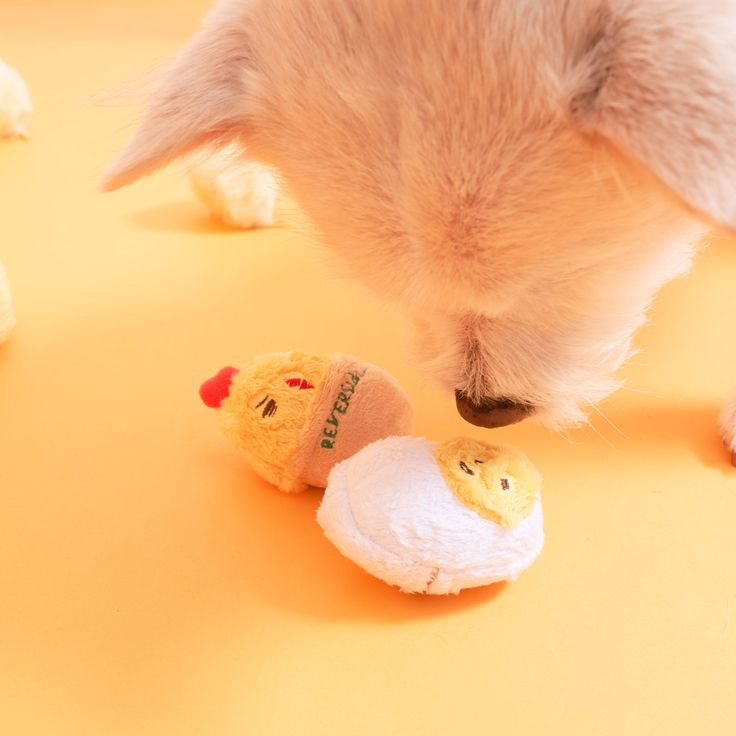
Conclusion
Choosing the right pet dog toy is a critical aspect of responsible pet ownership, ensuring that your furry friend remains happy, healthy, and engaged. By considering the various types of toys available, their safety, size, and durability, you can make an informed decision that enriches your pet’s life. Remember that interactive toys not only engage your dog’s mind but also strengthen your bond through shared play experiences. Regular maintenance and proper cleaning of toys can further promote a safe environment for your pet. By following this essential guide, you can be confident that the pet dog toys you select will positively impact your beloved companion’s life.
